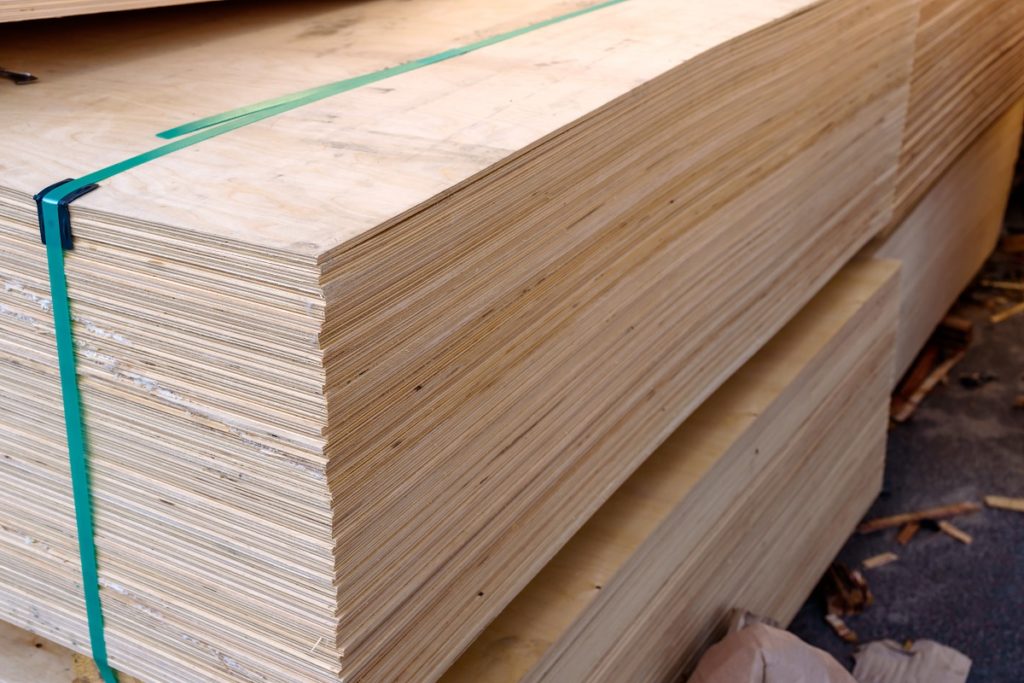Plywood is a variant of manufactured wood panels made by gluing plywood layers also known as veneers. The veneers are glued and secured by a specific type of woodworking glue with the wood grains held at a right angle to each other on adjacent plies.
The right angles rather than cross-graining reduce the plywood’s tendency to split, expand or shrink and boost its strength. Compared to ordinary wood types, plywood is more resistant to warping, twisting, shrinking and cracking, cheaper and stronger.
This explains the growing popularity of having a plywood interior rather than one made of ordinary wood. When used for making utility shelves, kitchen and bathroom cabinets, wall panels and other wooden pieces in your property, leaving the plywood edges uncovered will take attention from your pieces’ overall look.
Here are some of the options you have for covering the plywood’s edges to turn your wooden item into a masterpiece.
Edge Banding
Home improvement and hardware stores stock laminated edge bands which can be glued onto you plywood’s edges. This is the most common edge finishing option for plywood since it is flexible and can cover even intricate plywood cuts. Heat is used to melt the band’s adhesive which is then properly positioned and firmly attached to the plywood’s edge.
Screen Moulding
Screen moulding is available in different widths to match any plywood thickness. A brad nailer is used to tack it into place before sanding the edges to make the screen moulding-plywood transition even and smooth. A wood filler will then be used to fill up the nail holes after which the plywood’s edge is painted or stained.
Tongue and Groove
 This plywood edge finishing technique involves the attachment of a hardwood stock piece to your plywood’s edge. The piece can either match the plywood surface or compliment it to generate a contrasting look. A groove is first cut into the hardwood edging or the plywood and a tongue in the other material. The groove and tongue are first dry-fit to confirm they create the desired look after which they are glued together thus concealing the plywood’s edge.
This plywood edge finishing technique involves the attachment of a hardwood stock piece to your plywood’s edge. The piece can either match the plywood surface or compliment it to generate a contrasting look. A groove is first cut into the hardwood edging or the plywood and a tongue in the other material. The groove and tongue are first dry-fit to confirm they create the desired look after which they are glued together thus concealing the plywood’s edge.
Biscuit Joinery
This technique is also used to attach a hardwood edge to your plywood. The hardwood and plywood are first aligned then a biscuit or plate joiner is used to cut matching slots into both of them.
After cutting, a thin glue layer is applied on the edge of the plywood slots and matching biscuits aligned and pressed on the slot. Once the glue dries, the edges are sanded to ensure an even and smooth transition between the hardwood and plywood.
Most people steer clear of plywood for their property’s wooden fittings and furniture because of the less-than-appealing veneer layers.
The edge treatment options mentioned above, however, allow you to reap all the benefits of plywood for your interiors without dealing with these layers as they are conveniently concealed.
The edge treatments are inexpensive, and you can rest assured they will not over-inflate your budget. There is, therefore, no reason to opt for any other material for your woodworking

